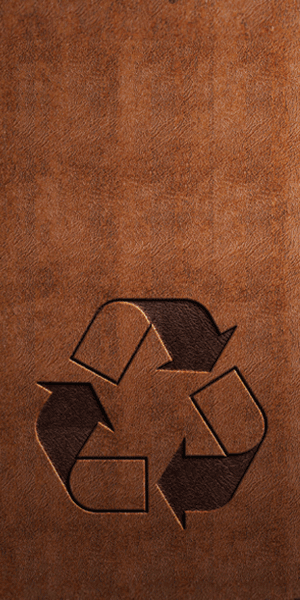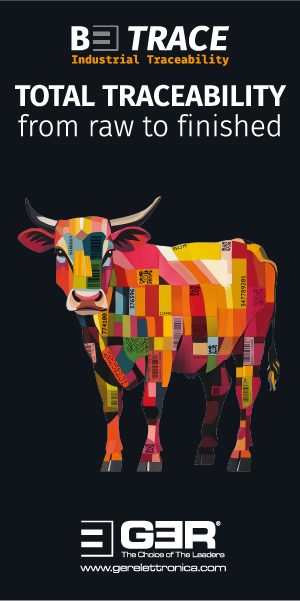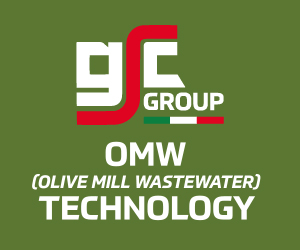Market Intelligence—03.12.24
Macroeconomics
Announcements by the US president-elect to introduce further tariffs on countries including free-trade-agreement partners Canada and Mexico have generated great interest. Considering the far-reaching consequences, the decisions that follow the inauguration of the new president will be of great importance. Inflation and currency may not go the way expected.
Entire supply chains are up for grabs and if tariffs are imposed as planned, this is likely to trigger significant changes and shifts in production and supply chains.
For the most part, the stock markets were relatively unmoved by the political and economic events. The inflation rates in the US and Europe were slightly above 2% and therefore in line with expectations. The political instability in Europe was only reflected on the stock markets there to a very limited extent. In China, the government’s measures to stimulate the economy do not yet appear to have met with a particularly favourable response from citizens and companies.
The oil price has changed very little. The gold price barely managed to defend its value at the $2,600 per ounce mark.
The US dollar continued its rise, but did not make any further direct progress towards parity with the euro. With the end of the year approaching, investors may not be willing to trigger any further major changes at the moment. However, this may change again towards the end of the year with the market becoming thinner and end-of-year transactions having more influence.
Market Intelligence
There is a clear sense that most players are slowly but surely making their way to the end of the year without expecting major changes.
Company takeovers in Italy by luxury brands and semi-state-owned Chinese companies show that many leather companies have by no means given up. There have also been some surprising management changes and some companies have reported on their business development. The results of the international luxury groups in particular were dominated by bad news, but smaller brands can always demonstrate that rays of hope are possible. If these rays of hope are possible, it also means that if you understand the tastes and interests of customers and meet them with your products, it is still possible to sell successfully, despite all the negative vibes. This also applies to leather products.
Whenever there are relatively few facts available, the rumour mill flourishes. Speculation is growing on a daily basis, especially in Europe, as to which paths some well known companies might take in the future. The leather supply chain is famous and notorious for its rumours and speculation, but to be honest, the last few years have been rather quiet in this respect.
We will not take part in rumours and speculation in individual cases, but at least this much can be said: we have been expecting major structural change for some time and the more time passes, the more we are convinced that we are right in our expectations. Strategy and, above all, financial strength will probably be the dominant decision-making criteria for the future of many European companies, from meat production to consumer goods. This includes automotive companies and the changes that they are likely to face in 2025.
The tariffs proposed by the president-elect of the US will probably also play a major role in this. Even if everyone is now focusing on the likely tariffs on imports to the US, it must be clear to everyone that the introduction of these tariffs will always lead to a backlash. This means not only bilateral burdens on trade and the exchange of goods, but also possibly a burden on entire supply chains, the length and structure of which are probably not yet clear to everyone at the present time.
This could also have an impact on the leather industry. It is possible that this will start with agricultural products, in this case beef and hides, and then the chemicals that form the basis of all production in the chain.
If you want more examples of the major structural changes that are already public today, just think of the planned takeovers in the meat industry in continental Europe. The same applies to the chemical industry, where a number of companies are also involved in products for the leather industry. To complete the major influences, we only need to look at the European automotive industry and its suppliers. It must be clear to everyone that major tectonic changes in any industrial chain are not possible without corresponding adjustments along it. You can resist the pressure for a while, but in principle everyone has to face up to the realities and ask themselves what consequences there will be for their own companies.
Decisions in the leather industry will be made from completely different perspectives. On the one hand, there are traditional, small and medium-sized family businesses and, on the other, larger industrial companies, some of which are financed by private equity. Financial and human resources, strategy and patience are very unevenly distributed. However, as much as we rack our brains about it, we are unable to come to any really reliable conclusions about what might happen in the coming months. It is quite possible that the decisions made by US politicians will also have a not inconsiderable influence on this.
A few weeks before the end of the current year, it is probably not particularly bold to expect changes in 2025. Politically as well as economically, it is difficult to remember a turn of the year in which there were so many unanswered questions as there are this year.
For the leather supply chain, one topic that we have mentioned so often is always at the forefront. Nowadays, leather is an optional material and no longer a must-have material. There is also no doubt that leather is the superior material in many respects for making many products. Anyone who takes quality, durability and therefore sustainability and environmental friendliness into account when making a purchase decision cannot ignore leather.
The conclusion from this is that there must be a potential market of several billion people who do give thought to materials in their purchasing decisions. Informing them and focusing their attention on leather must be the main task. The leather industry is unlikely to succeed in reaching consumers directly, but it can do so via the manufacturers of finished products.
As bad as the mood in many consumer goods markets may be at the moment, and lengthy as the process of persuasion may be, there are few real alternatives to this strategy.
It is encouraging to note that there are always developments that open up changes and new possibilities. New tanning processes that supplement or complement traditional and classic tanning processes with mineral salts or vegetable tanning agents are attracting attention and interest. However, the main task must remain to bring this message to the consumer and make the information widely available on the consumer markets. The tools for this are well known and the successes of those who use these tools are often quoted and usually admired, but unfortunately our industry is not characterised by a particularly high level of commitment and creativity in this sphere. The classic methods of explanation in lectures or old-style written commentaries rarely make an impact beyond the inner circle of those involved. Now, unfortunately, these methods hardly work at all, despite all the efforts. Waiting for others to solve the problem for you is obviously not an effective way either.
Perhaps we should take a look at those on the internet who are already involved in promoting consumer goods and their materials. Among those active in this sector, the number of people concerned with the quality of materials and workmanship is increasing. In this context, the dismantling of shoes and bags to examine their construction has become popular. In some cases, some manufacturers and brands may not particularly like this. This is understandable from a business point of view, but it serves the cause if it is done with a certain amount of expertise and seriousness. In addition, every manufacturer should be interested in being able to justify why they manufacture their products in the way they do and what value this represents for the buyer.
For someone who buys fashion, brand and image, the corresponding price share and the real quality of the product are of less importance. For someone who expects a high counter-value and utility value from their product, the expectations are different. However, many people today are far removed from manufacturing and are therefore less and less able to judge the quality of materials and workmanship. It can be a great help to them to offer an overview of what they can expect for their money. There is huge potential here and you certainly cannot just work with instructional videos and lectures on social media to reach people. Anyone who can mix reliable information with a good dose of entertainment has a better chance of reaching many people.
There must be many different ways to do this and the eternal argument that the leather industry would not be able to finance appropriate marketing activities is simply not true. We are already seeing the first signs of this and will continue to follow developments with great interest. We also hope that no serious mistakes are made because these could be very damaging.
We also see little movement in the split market. Everything that needs to be said about this has been said in recent months. The collagen and gelatine industry is facing major changes, mainly in terms of relocation of production. Costs and availability of raw materials are becoming increasingly important and the meat industry is thinking more and more every day about how to find other marketing channels.
We can also dispense with any further analysis of sheepskins for the time being. If anything, they are beginning to recalculate the prices of certain types of wool, which will enable them to achieve a good and fair price for wool. There is virtually no interest in leather but if wool prices continue to develop positively, there is a chance that some sheepskins and lambskins could be used again. Otherwise, business in this sector will remain limited to the few known niches.
From a non-European perspective, we expect little change in the coming weeks. Christmas is only four weeks away and experience has shown that activity tends to end a week earlier. The only exception is when the order situation is excellent; then, work has to continue until the last day and the interruption is perceived as a burden from a business perspective. This is not the case this year. With the Chinese New Year coming relatively early this year (January 29), the slowdown period is actually a bit longer.












